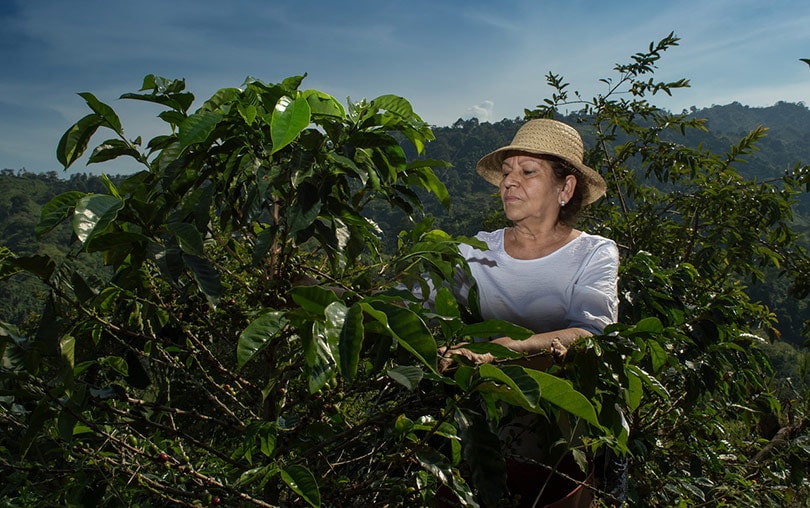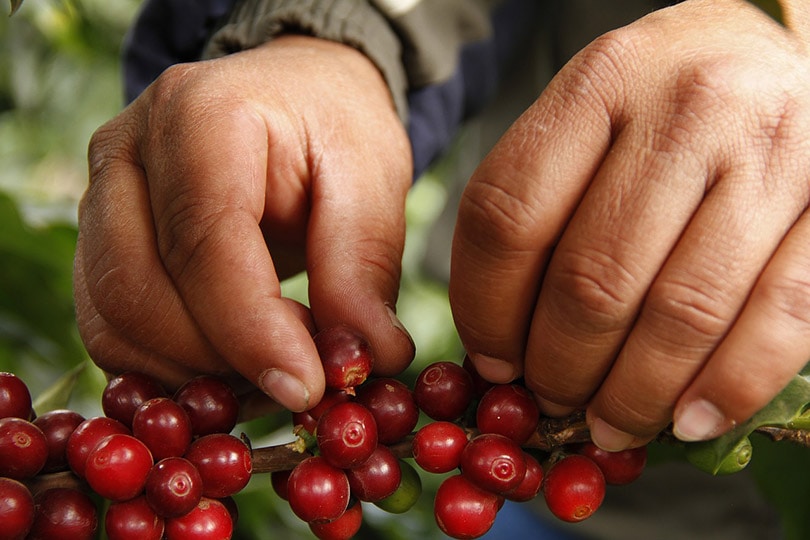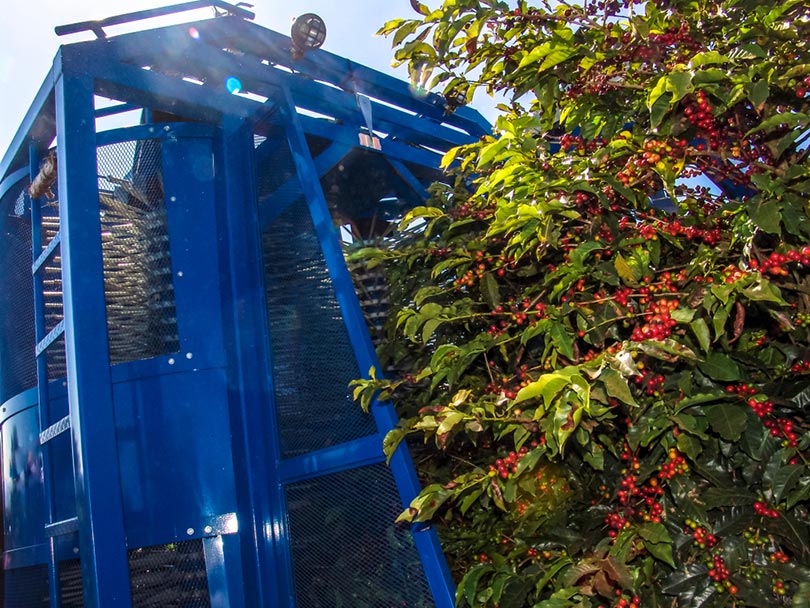
For those who drink a lot of coffee, there’s nothing more satisfying than a mug of fragrant coffee on a cold winter’s morning or even a hot summer’s afternoon. Did you know that it takes coffee plants 4 to 6 years to reach maturity, according to the plant variety? Did you know that different harvesting methods are used to produce coffee and different processing methods as well?
There are three primary ways that coffee is harvested. These are selective, machine, and strip harvesting. Each region or form has its preferred method of harvesting, and there’s no right or wrong way.
If you’ve ever asked yourself the questions above, we’re here to answer them in the guide below.

Top 3 Coffee Harvesting Methods
1. Selective Harvesting
Selective harvesting is the most commonly used harvesting method for coffee. This method is done by hand, with cherry pickers pulling the ripe fruits off the plants. This is also the best choice for locations that have uneven ground where it’s impractical to bring in a machine.
Of course, depending on the size of your farm, this method requires more workers than other methods, and the work is a bit harder to accomplish. The workers then had to go back and pick any unripe berries at the time of the first picking.
This is a time-consuming method because once picked, the workers must get all the dirt and debris out of the fruit. While this might seem like a time-consuming, tedious method, the results are worth it. Many farmers use this method because of the superior results and because the time can be offset during the processing phase of the work.

2. Machine Harvesting
Machine harvesting is just what it sounds like. A machine is responsible for harvesting instead of picking the fruit by hand. This is a highly efficient way of harvesting and is faster than selective harvesting.
However, this method can only be used if your farm is on flat terrain. While you only need one person to run the machine, meaning your labor costs will be less expensive, the machine itself is very expensive. That is why this method is mainly used by the larger farms that have the money to spend on the equipment.
3. Strip Harvesting
Strip harvesting is considered a fast, efficient, and convenient way of picking cherries off the coffee plant. It clears the entire branch of the coffee plant, stripping the ripe and unripe coffee beans at the same time.
This harvesting method can be done manually or with a machine, though the machine is, of course, faster. This does not take many workers, so you save on labor, and it’s a relatively inexpensive method to use.
The only problem with strip harvesting is that you must be careful to separate the unripe coffee cherries from the ripe coffee cherries after harvesting.
These are the three primary methods of coffee harvesting that you might not have known about, but what about the processing best practices? If you’ve been wondering about these things, keep reading for explanations in the guide below.


Coffee Processing Methods and Best Practices Revealed
Harvesting the coffee is not where the work ends; it is where the work begins. Once the coffee beans are harvested, they must go through the coffee processing methods. Six possible coffee processing methods can be used.
- Honey processing
- Semi-washed processing
- Washed processing
- Natural processing
- Dry processing
- Wet processing
Each of these methods takes varying amounts of time. Once the coffee processing is complete, the roasting can begin and be on the way to the grocery and specialty stores where you find your beans for purchase and consumption.
Coffee Harvesting Best Practices
It’s important to note that speed isn’t the biggest concern when it comes to coffee harvesting. The primary factor is properly harvested fruits that produce the highest quality, best-tasting coffee.
There are coffee harvesting practices in place for this very reason. If you’re participating in a selective harvest, make sure only to pick the ripe coffee cherries, as unripe fruit mixed into the bunch will affect the quality of the coffee
- It takes 10 to 14 days for unripe beans to ripen.
- During your last harvest season, always pick all the ripe cherries instead of waiting until later.
- Never harvest unripe, overripe, or infested coffee cherries.
- Always keep a strip of cloth on the ground if you’re strip harvesting to catch any ripe cherries that fall.
- Keep the cherries you pick away from the direct sunlight.
- Pluck cherries one by one to keep them from falling on the ground during selective harvesting.
- Never mix cherries that have fallen on the ground with cherries in your basket.
- Always clean the harvesting machine when done.
- Once harvesting is complete, transfer your beans to clean containers, so they don’t get contaminated during transport.
Following these coffee harvesting best practices makes the coffee in your cup fresh, fragrant, and delicious, and if you ever get the chance to harvest coffee, you’ll know to follow these practices for the best results.

Conclusion
Coffee harvesting is how the coffee in your cup tastes amazing, and it’s great to know the harvesting and processing methods and the best coffee practices to follow. There are three harvesting methods to choose from and six coffee processing methods to follow. Those who grow coffee choose the method they want to use based on their land type, the coffee plants they grow, and much more.
Featured Image Credit: dmusicalv, Pixabay















